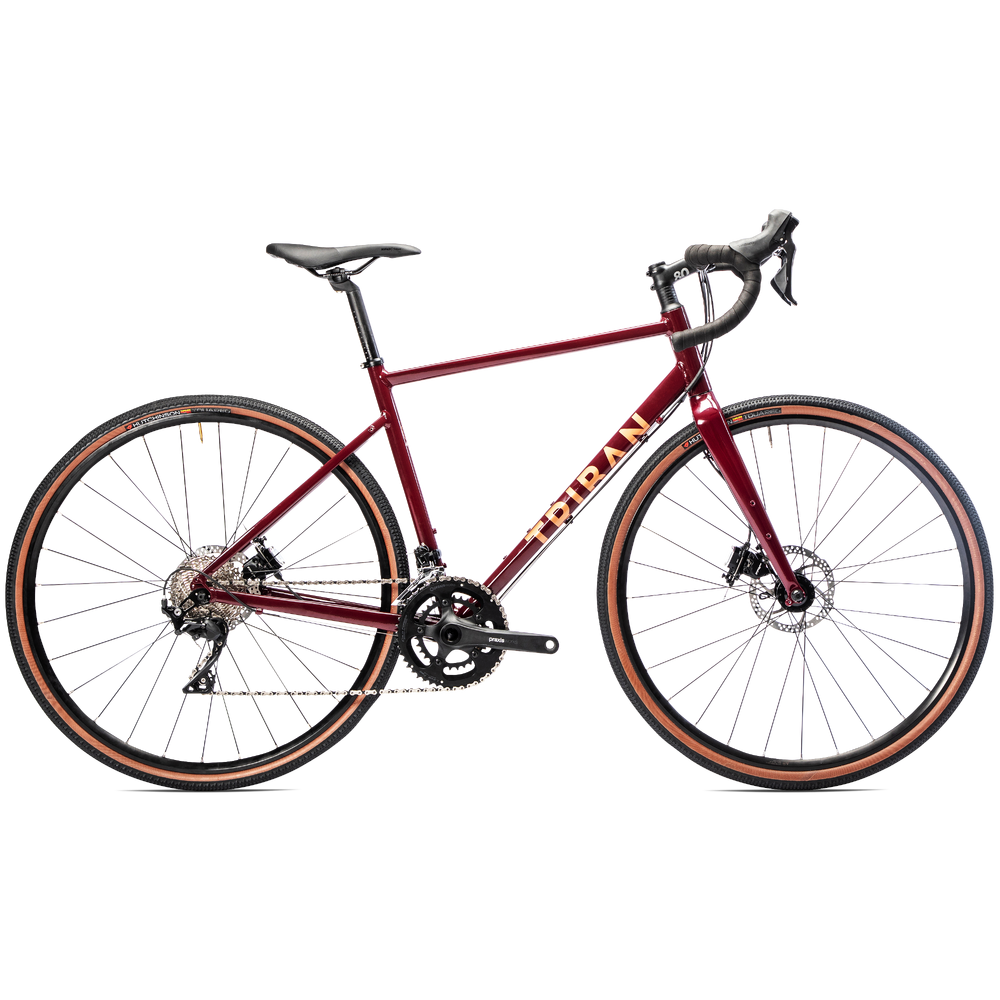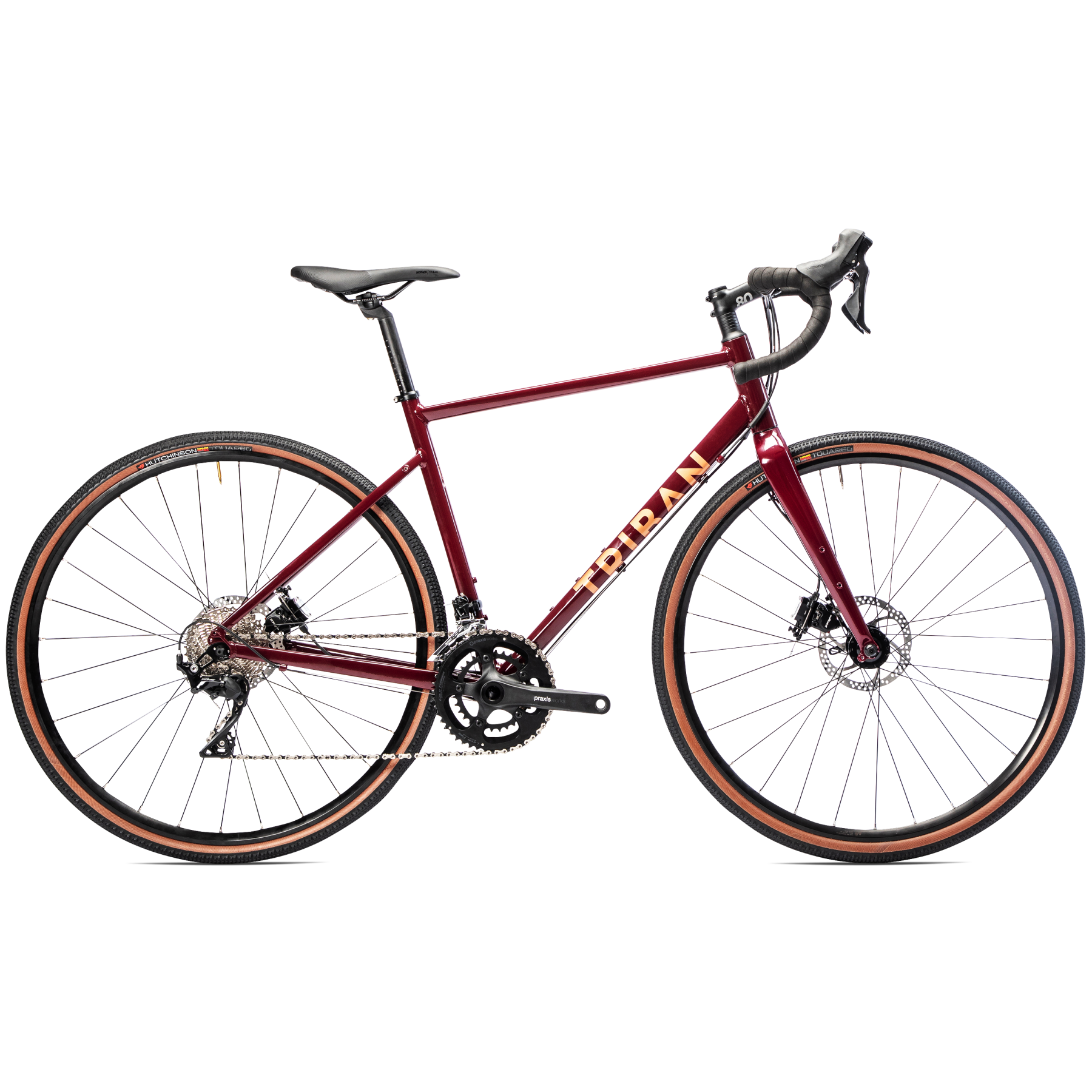1 / Assembling your bike
Watch our tutorial video and find out how to assemble your bike.
When mounting the stem, the screws that hold the handlebar to the stem should be tightened to 6 Nm in an "X" pattern.
When using the bike for the first time, you should take time to bed the brakes in. This video will show you how to do it:


